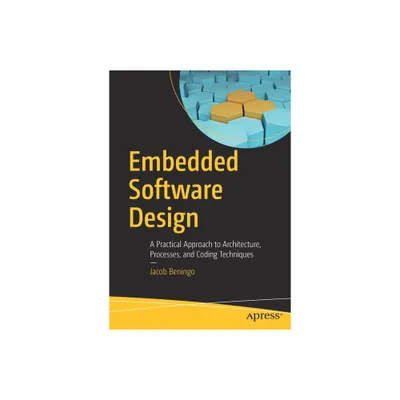Home
Maintaining families of rigorous requirements for embedded software systems
Loading Inventory...
Barnes and Noble
Maintaining families of rigorous requirements for embedded software systems
Current price: $61.00


Barnes and Noble
Maintaining families of rigorous requirements for embedded software systems
Current price: $61.00
Loading Inventory...
Size: OS
*Product Information may vary - to confirm product availability, pricing, and additional information please contact Barnes and Noble
Rigorous requirements for embedded software systems must and can be maintained over the system's life time. Rigorous requirements are necessary to ensure the dependability of the software system. Embedded software systems are often expected to be dependable. Maintenance is inevitable because of frequent requirements changes after and even before delivery. Maintenance is possible by explicitly considering the entire family of requirements and by structuring it suitably. We demonstrate this for telephone switching systems. They are an example of particularly long-lived embedded software systems.The book is structured into two parts. The first part introduces to families of rigorous software requirements, and how to organize them into requirements modules. A family of requirements must be organized rather differently than the requirements for a single system. We first take a step back to the foundations. We start with the information hiding principle in particular and develop our notion of requirements module from it. We then step forward again and add this concept to a current approach. Our notion of requirements module allows us to understand some current problems better, and also to propose solutions.The second part looks at one of the requirements modules in more detail, which is the user interface requirements module. We look at how the requirements for the user interface can be encapsulated. We also make a link back to one kind of the current maintenance problems, which are the ''feature interaction'' problems. We view these problems from the perspective of human-computer interaction. This gives us interesting new means for reducing them.


















